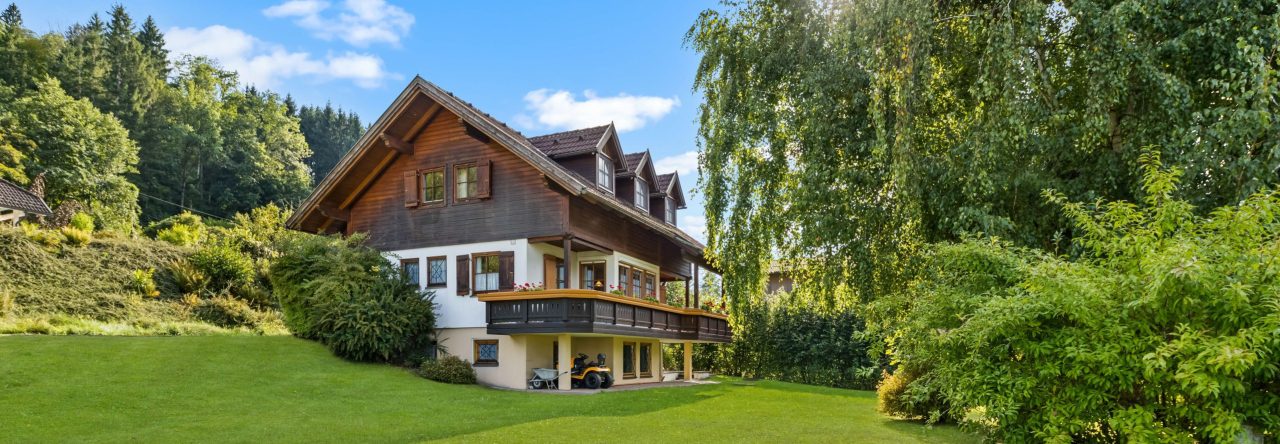
Photo by Viktor Hanacek
Short Facts:
Duration of the journey from Chalet Bjoerk:
About 1 hour 15 minutes (approx. 80 km)
Recommended Equipment:
Camera, sunglasses, windbreaker, warm clothes, and a healthy respect for gravity
Location & History
The Grossglockner Hochalpenstrasse is Austria’s legendary high alpine road—a 48-kilometre ribbon of asphalt that snakes through the heart of the Hohe Tauern National Park, connecting Bruck in Salzburg to Heiligenblut in Carinthia. This is not just a road, folks; it’s an experience. With 36 hairpin bends, the route climbs to dizzying heights—Edelweißspitze at 2,571 meters, and the iconic Kaiser-Franz-Josefs-Höhe, with jaw-dropping views of Austria’s tallest peak, the mighty Grossglockner (3,798 m).
Built between 1930 and 1935, the road was Austria’s answer to the Great Depression—an ambitious feat of engineering and optimism. Today, it’s one of the country’s top tourist attractions, drawing car enthusiasts, hikers, cyclists, and anyone with a pulse and a penchant for panoramic vistas.
The Adventure
Start your ascent at the Ferleiten toll booth, and let the serpentine road lead you ever higher. Each turn delivers new scenery: lush valleys, alpine meadows, and, if you’re lucky, a cameo by a marmot or two. Stop at the Edelweißspitze for a 360-degree view of over 30 peaks above 3,000 meters. If you’re feeling particularly intrepid, branch off to the Kaiser-Franz-Josefs-Höhe for a close-up of the Pasterze Glacier and maybe a selfie with the Grossglockner itself.
Along the way, you’ll find themed exhibitions, hiking trails for all levels, and a chance to spot the “High Five” of Alpine wildlife: ibex, golden eagle, marmot, Apollo butterfly, and alpine bumblebee. Don’t forget to check out the Haus Alpine Naturschau—where you can geek out over crystals, flora, and fauna.
General Info
General Info
- Check the official website for up-to-date opening times, toll prices, and weather conditions.
- Expect cooler temperatures and sudden weather changes—pack accordingly.
- The road is popular with classic car rallies and cyclists, so don’t be surprised if you share your panoramic picnic with a vintage Porsche or a Lycra-clad peloton.
The Grossglockner Hochalpenstrasse is not just a road—it’s a journey through the heart of the Austrian Alps, with a side of history, nature, and a dash of adrenaline. Don’t forget to breathe. The altitude and the views will both take your breath away.
Pro Tips
- Early mornings and late afternoons offer the best light (and fewer crowds).
- Bring binoculars for wildlife spotting.
- The weather can shift from balmy to brisk in minutes—layer up!
- Don’t rush. The journey is as spectacular as the destination.
Whether you’re a petrolhead, a hiker, or just someone who likes their scenery with a side of adrenaline, the Grossglockner Hochalpenstrasse is a must-drive, must-see, must-experience slice of Austria.































